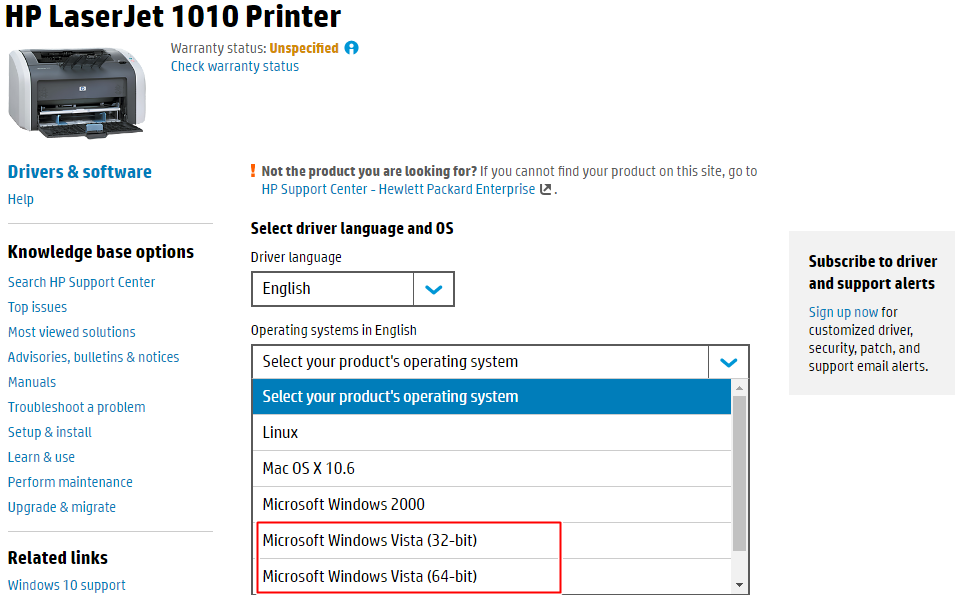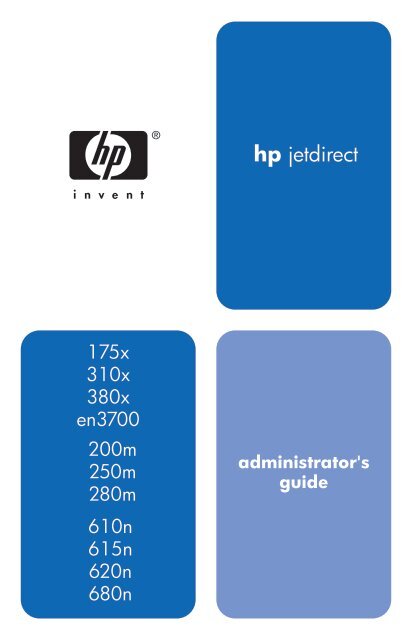

This led to an early expansion of the system introduced by HP, the "Bitronics" implementation released in 1992. This was a serious limitation as printers became "smarter" and a richer set of status codes were desired. Separate pins in the port allow status information to be sent back to the computer. The original port design was send-only, allowing data to be sent from the host computer to the printer. As printers grew in sophistication, and the cost of memory dropped, printers began adding increasing amounts of buffer memory, initially a line or two, but then whole pages and then documents. The complexity of printing a character as a sequence of columns of dots is managed by the printer electronics, which receives character encodings from the computer one at a time, with the bits transferred serially or in parallel. Character sets on early printers normally used 7 by 5 "pixels" to produce 80-column text. The entire print head is moved horizontally in order to print a line of text, striking the paper several times to produce a matrix for each character.

Each pin is attached to some sort of actuator, a solenoid in the case of Centronics, which can pull the pin forward to strike a ribbon and the paper.

Centronics had introduced the first successful low-cost seven-wire print head, which used a series of solenoids to pull the individual metal pins to strike a ribbon and the paper.Ī dot matrix print head consists of a series of metal pins arranged in a vertical row. In the 1970s, Centronics developed the now-familiar printer parallel port that soon became a de facto standard. An IEEE 1284 36-pin female on a circuitboard


 0 kommentar(er)
0 kommentar(er)
